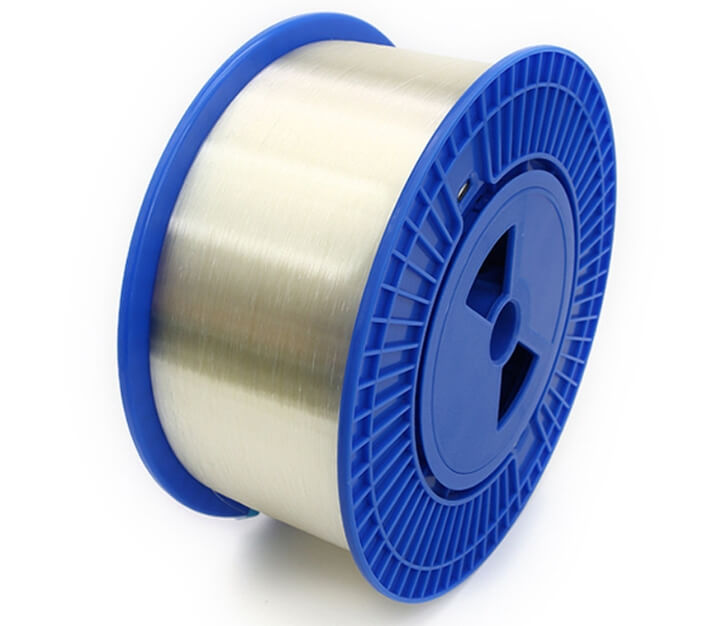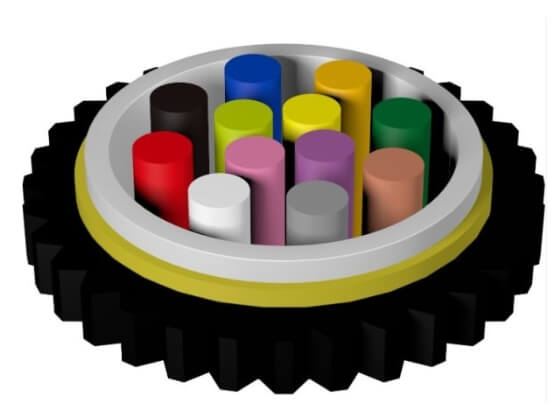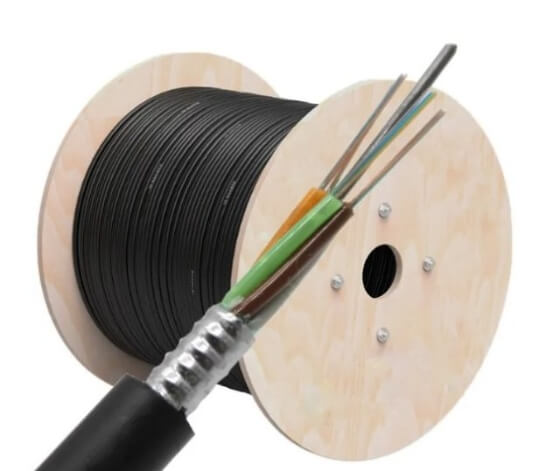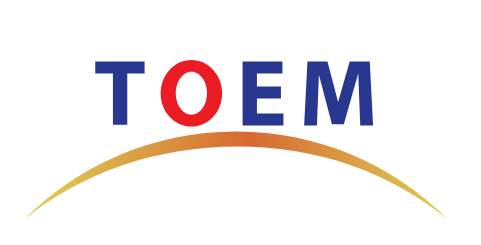Shanghai Gengyun Industrial Co., Ltd
Does 5G Require Fiber Optic Cables? What is Fiber Cable in 5G?
What is 5G network? 5G technology refers to the fifth generation of cellular network. It is designed to improve internet and phone connections, with super fast internet and provide customers with unprecedented multimedia experience. With 5G technology, you will experience extremely low latency. Enhanced connectivity, higher security, and better network compatibility. What is Fiber Cable in 5g?
What is Fiber Optic?
Fiber optic, also known as optical fiber, is a type of technology that transmits information on plastic or glass optical fibers. A fiber optic cable may include hundreds of cup or core optical fibers. These fibers are surrounded by another layer of glass called cladding and further protected by buffer tubes. Additional jacket layers protect individual strands, and both the cladding and the fiber core have different refractive indices. When light passes through these areas, the light bends at certain angles. This light bending occurs in a zigzag pattern, which is called total internal reflection. The light signal travels 30% slower due to the dense layers of glass or plastic optical fibers.
Repeaters are used at distant intervals to improve the signal strength in fiber optic transmission. These repeaters regenerate the optical signal through a series of conversions and transmissions.
As we all know, fiber optic cables can support 10 Gigabits. These fiber optic cables are differentiated into single-mode fiber and multi-mode fiber based on the type of fiber used.
Single-mode fiber: These cables have a small diameter glass fiber core, which helps prevent the possibility of attenuation. This enables the signal to travel long distances.
Multi-mode fiber: These cables have large glass fiber cores and light signals bounce multiple times as they pass through them, and this bounce introduces attenuation. This is a reduction in signal strength. This attenuation also means a high chance of signal loss, interference, and so on.
Why does 5G need fiber optic cables?
1.5G cellular networks offer high speeds, high bandwidth, and low latency, and fiber is the enabler.
2.5G wireless networks complement fiber optic networks, providing a more cohesive internet across fixed and mobile applications than either application alone.
3.Several types of fiber optic cables can help meet these requirements to enable cohesive and seamless connectivity for users who may have multiple connected devices.
4.Future emerging technologies depend on a robust, scalable, and upgradeable fiber optic cable network.
Types of fiber optic cables for 5G
At present, there are still some uncertainties in the selection of 5G network architecture and technical solutions. But in the basic physical layer, fiber cable in 5g should meet both current application and future development needs. The following are five types of optical fiber cables that solve the problems in 5G networks to a certain extent.
1.Bend-insensitive optical fiber cables to facilitate 5G indoor micro base stations
The dense fiber connection between large-scale 5G new macro base stations and indoor micro base stations is the main challenge for the construction of 5G access networks.
The complex wiring environment, especially indoor fiber optic wiring. As well as the limited space and bending requirements put high demands on the fiber bending performance.
The optical cable that complies with ITU G.657.A2/B2/B3 has excellent bending performance improvements and can be nailed and bent into corners without sacrificing performance.
2.OM5 optical fiber is applied to 5G core network
5G service providers must also focus on the construction of fiber optic networks for data centers that store content.
Now, the transmission speed of data centers has evolved from 10g/25g, 40g/100g to 25g/100g, 200g/400g, which has put forward new requirements for multimode optical fiber used for interconnection within data centers.
Multimode optical fiber needs to be compatible with existing Ethernet standards, covering future upgrades to higher speeds. For example, 400g and 800g. Support multi-wavelength multiplexing technologies such as SWDM and BIDI. And it is also necessary to provide excellent bending resistance to accommodate dense data center cabling schemes.
3.Micron diameter optical fiber cable enables higher fiber density
Due to the complex deployment environment of the access layer or the aggregation layer of the 5G bearer network, it is easy to encounter problems such as limited existing cable duct resources.
In order to ensure that limited space can accommodate more optical fibers, cable manufacturers are working to reduce the size and diameter of cable bundles.
For example, recently, Prysmian Group launched Bendbright XS 180um single-mode optical fiber to meet the needs of 5G technology. This innovative optical fiber cable enables cable designers to provide a strong cable size while still maintaining a 125um glass diameter.
4.ULL fiber with larger effective area can extend 5G link length

5G fiber manufacturers are actively exploring ultra-low loss (ULL) fiber cables, technology to extend fiber as long as possible. G.654.e fiber is an innovative 5G fiber.

Different from the common G.652.D fiber often used in 10g, 25g, and 100g, this G.654.e fiber comes with a larger effective area and ultra-low loss function. It can significantly reduce the nonlinear effect of the fiber and improve the OSNR of 200G and 400G connections.
5.Professional fiber optic cable for fast 5G network installation
5G network deployment covers indoor and outdoor scenarios, and installation speed is a factor to consider. Fully dry fiber cables using dry water barrier technology are able to increase the speed of fiber splicing during cable installation. Air-blown micro cables are compact and lightweight, containing high fiber density to maximize fiber count.

This type of cable is easy to install in longer ducts with multiple bends and undulations. It can save manpower and installation time. And improve installation efficiency through blowing installation method.

For outdoor fiber optic cable deployment, we also need some corrosion-resistant and bird-resistant optoelectronic cables.
